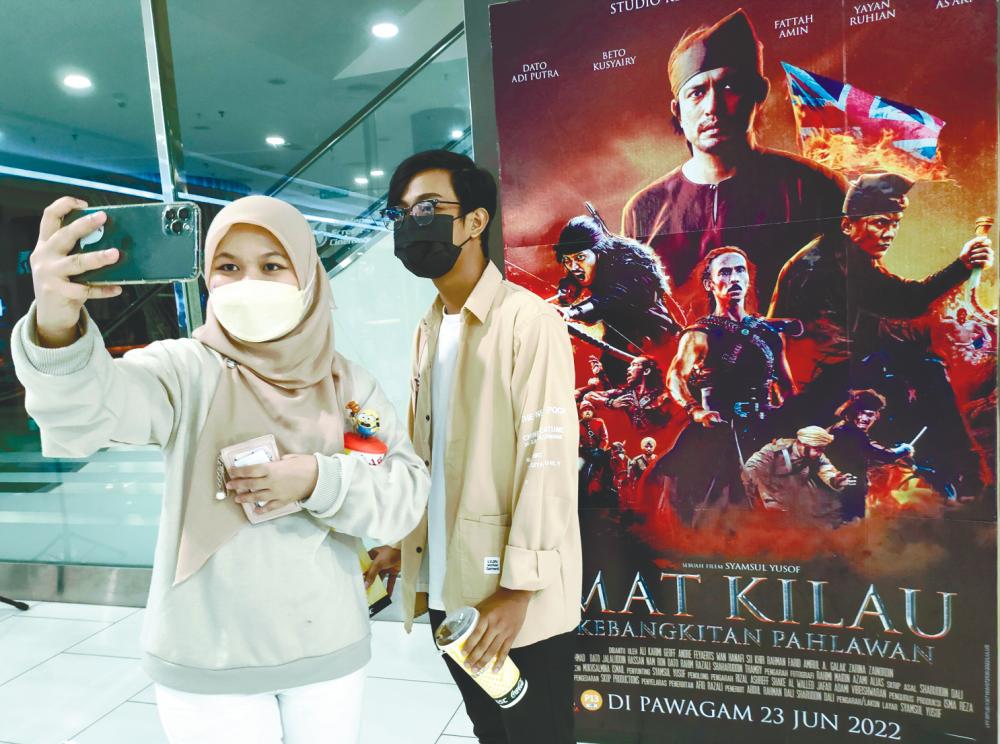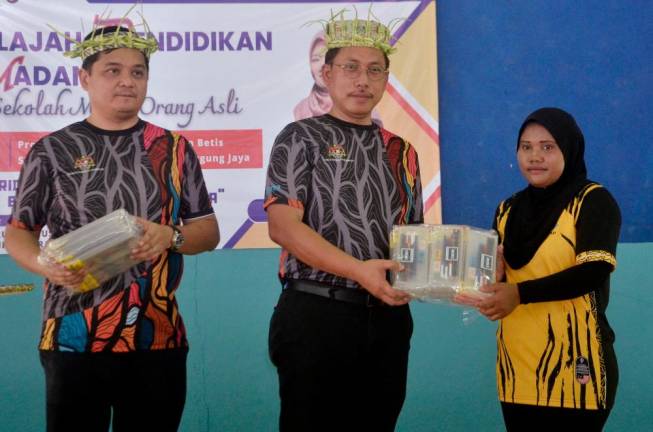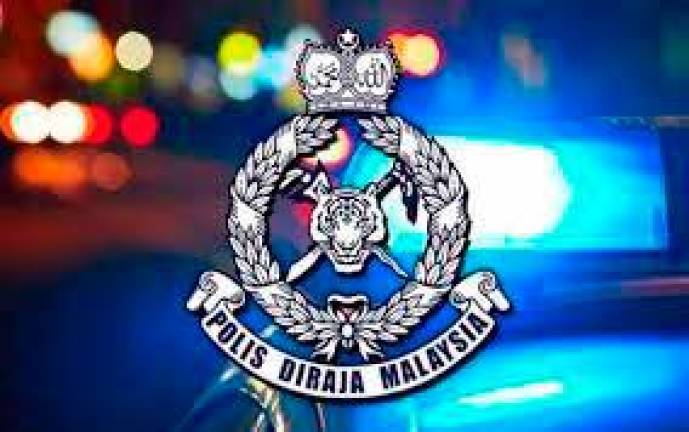PETALING JAYA: Fiction should be separated from facts in the Malaysian blockbuster film Mat Kilau: Kebangkitan Pahlawan, said historian Dr Ranjit Singh Malhi.
He added that such differentiation was important to avoid sending wrong messages to the public, particularly in a multi-ethnic and multi-religious society.
“The film gives the impression that the Malay chiefs and warriors who opposed the British did so primarily to uphold “ketuanan Melayu” (Malay supremacy), safeguard the rights of the Malays and defend the sanctity of Islam.
“Additionally, the Malays revolted to end foreign domination of Pahang’s economy. One also gets the impression that the British strike force, which was composed of Sikh and European police officers, was ruthless in performing their duties,” he said.
“This could mislead the public into believing the scenes depict actual events that transpired. Moreover, as to the perception created in the film that Pahang Malays revolted against the British to uphold the sanctity of Islam, it must be noted that Islamic matters were under the control of the Pahang ruler.
“Furthermore, the British did not interfere in religious matters. Hence, it is inaccurate to suggest that the rebellious Malay chiefs fought to defend the sanctity of their religion.”
Ranjit said another point to note about the “Pahang uprising” was that it failed to gain popular support among ordinary Malays due to lack of unity among the various
Malay chiefs.
“At any one time, it only gained a maximum support of about 700 to 800 Malays. Also, there are no historical records indicating the Sikh police officers behaved brutally towards the Malays during the uprising. Any perception to the contrary is unfair to Sikhs,” he added.
Ranjit also said the film certainly lives up to its disclaimer that it portrays fictional characters and events which do not conform to historical truths.
Meanwhile, the Malaysian Gurdwaras Council pointed out that while the film appears to rally nationalism among the Malays, non-Malay characters were portrayed as barbaric and evil.
“The film shows Sikh soldiers who were employed by the British army brutally attacking and maiming women, children and the elderly. In one scene, a Sikh soldier was shown mercilessly kicking an expectant mother who was in an advanced stage of pregnancy.
“During the Mughal rule in India, the Sikhs fought oppression in the form of Afghanistan’s Ahmad Shah Abdali, who invaded India a few times to plunder, and took hundreds, sometimes thousands, of girls as slaves.
“It is recorded history that when the Sikhs confronted Ahmad Shah’s forces when they were returning to Afghanistan, they would free the girls and send them home honourably,” said its president Jagir Singh.
He added that the filmmakers should have been more responsible and portrayed history truthfully and not added fiction to depict non-Malays as barbaric and inhumane.
“History books also show that although the rebellion was led by Tok Gajah, Mat Kilau, Dato Bahaman and others against the British, their enemies were assisted by some Malay chiefs and even sultans.
“In Serambi Dakwah (June 5, 2009), it was stated: ‘Unfortunately, the Sultan himself welcomed their (British) arrival, having been taken in by their convincing promises’.
“In the book The Sikh Police Contingent by Karam Singh P.B.S., it was recorded: ‘In January 1891, Tengku Mahmud (the sultan’s eldest son and the regent) with about 200 followers and the British with 60 Sikh police officers, erected two stockades in the Semantan area against the rebels. In May 1892, Tengku Ali (the sultan’s second son) with 300 men captured Batu Hempar, killing one of Bahaman’s sons’.”
Jagir said the records show that it was not a Malay versus non-Malay fight as portrayed by the film.















